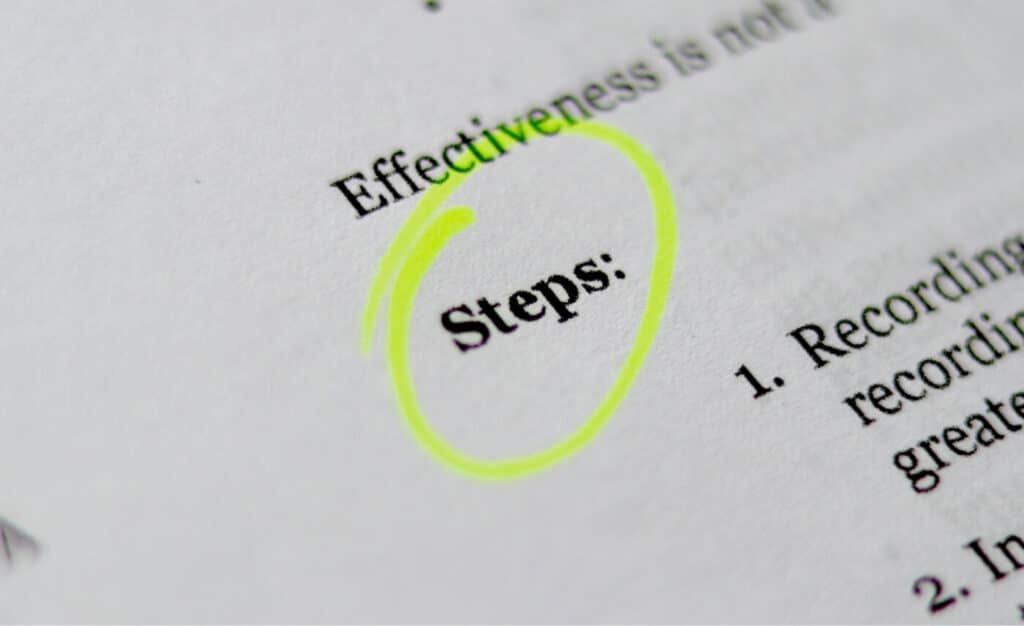The central idea is the essential and unifying element in writing.
It captures the essence of the piece. Unlike the theme, there’s a central idea to both fiction and non-fiction texts.
What Is a Central Idea (Definition)?
The central idea communicates the general truth of the article. It’s often understood as the main point or the keypoint.
What Are Its Main Characteristics?
- Unifying element of the text;
- The dominant impression one gets after reading;
- The main idea of the writing;
- Can be written in one sentence;
- Different from theme;
- Often found in the first sentence of the article;
Difference Between Central Idea and Theme
A central idea should serve a specific purpose in the text and shall not apply everywhere like a universal theme.
Take this children’s short story, for example:
It was an incredibly hot day, and a lion was feeling very hungry. He came out of his den and searched here and there. He could find only a small hare. He caught the hare with some hesitation.
“This hare can’t fill my stomach” thought the lion. As the lion was about to kill the hare, a deer ran that way. The lion became greedy.
He thought “Instead of eating this small hare, let me eat the big deer.” He let the hare go and went behind the deer. But the deer had vanished into the forest.
The lion now felt sorry for letting the hare off.
It was an incredibly hot day, and a lion was feeling very hungry. He came out of his den and searched here and there. He could find only a small hare. He caught the hare with some hesitation.
“This hare can’t fill my stomach” thought the lion. As the lion was about to kill the hare, a deer ran that way. The lion became greedy.
He thought “Instead of eating this small hare, let me eat the big deer.” He let the hare go and went behind the deer. But the deer had vanished into the forest.
The lion now felt sorry for letting the hare off.
In this story, you can say the theme is greed (general theme), but you may write the central idea in one sentence as, “Lion lets go of prey in hand to catch the bigger prey, loses both.”
However, you can’t write a central idea as a generic truth found in the story. For example, “A bird in the hand is worth two in the bush.”
- Themes are often instructional; central ideas are the specific purpose statement;
- A theme can be applied to fictional texts; a central idea statement can be applied to non-fictional texts as well;
- Themes help students understand the moral of a story; the central idea has the general purpose of unifying a text;
- Theme can be found after reading the entire book; the central idea can be found in the first sentence of an article;
- Themes can be applied outside of the story; central idea is text-specific;
Four-Step Process to Identify Central Idea
You can generally find a central idea in the topic sentence and the concluding sentences of an article.

Here’s a four-step process to identify the central idea:
1. Looking for the primary text aspects
The central idea most often will be found in the main heading of an article. However, every section or paragraph of a text can have its central idea. You can unify these main ideas from each division into one main point or the meta central idea.
However, you should be cautious not to confuse it with supporting details. An example of supporting details is analogies, quotes, or other contextual information.
Learning to pinpoint the central idea is a skill that takes practice, but using resources like writing my paper for me can offer valuable, illustrative examples.
2. Analyze the content structure
Look for contrasting elements, chronological order, the framework of scenes and events, problems, and solutions.
Understanding the content structure and asking questions along these topics will usually reveal the central idea.
Once the article’s main subject is determined, ask what the writer has tried to convey about the text. The answer is the central idea.
3. Overlooking supporting details
Elements specific to the text should be omitted to emphasize the central idea. These are not part of the larger picture the text wants to demonstrate and are unnecessary to understand a central idea.
Although these details help the reader perceive the main idea, they are not essential to identifying the central idea.
4. Finding thesis statement
If you’re still unable to figure out the central idea, you can generally find it in the concluding passages of the text. More or less, every closing paragraph has a clear, concise thesis statement.
However, not all pieces have a thesis statement. In such cases, you must deduce the central idea by reading the text several times.
Sometimes, seeking outside help can also be beneficial; for instance, when students decide to pay for an essay, they often receive a model paper that demonstrates how to identify and articulate the central idea.
Two Examples of Well-Written Central Ideas
Here are examples of well-written central ideas:
- The story’s central idea is how a young girl goes through immense struggle and sacrifice to build a successful career for herself. (connects all dots of the story)
- The central idea of this text is how women are systematically discriminated against in workforces, which are essentially men-centric. (summarizes women’s struggle in the workforce)
Two Examples of Badly-Written Central Ideas
- The central idea of the story is friendship. (incomplete statement)
- Don’t judge a book by its cover. (avoid using cliches, proverbs, idioms)
How to Use Central Idea as a Tool to Explain the Big Picture Concept to the Reader
Here’s the formula for finding a central idea: [subject] + [writer’s idea about it].
An easy way to find out the central idea statement is to determine the subject and then add to it what the author has said about this subject.
Every writer has a perspective in mind while writing a text, a stance they want to take, a feeling they want to convey.
All of these components that make up the content combine to produce concentrated ideas. If you’re an author and are wondering how to make a point of conveying a successful central idea, here are some.
Tips for Using the Central Idea in Your Story
- Use proper chronology while writing about historical events;
- Break the text into paragraphs and let each paragraph have its point;
- Have a broader idea in mind;
- Don’t use the same concept in supporting paragraphs;
- Try having a clear, concise thesis statement;
- Remember to be brief for the reader to grasp the big picture concept;
- Have a title, headings, and subheadings;
- Align the title with the subject of the piece;
- Identify and explain complex parts in a way that supports your main idea;
- Summarize the ideas in the concluding paragraph;
- Make sure every part of the story converges into your central idea;
If the central idea were to have a tagline, it would say: “Unity of point, idea, and action!”
